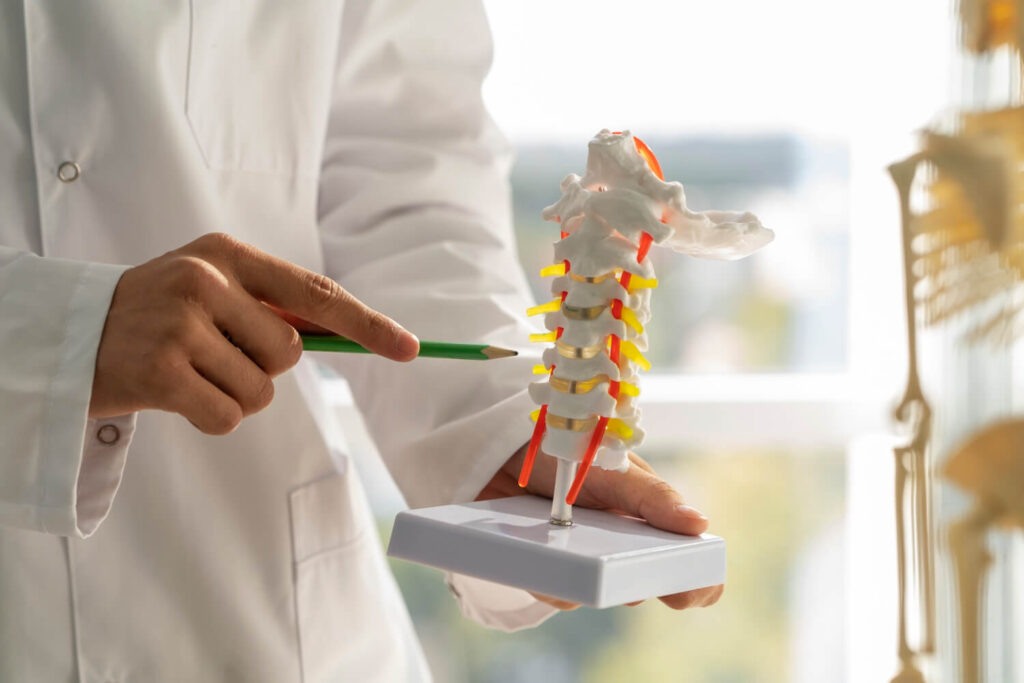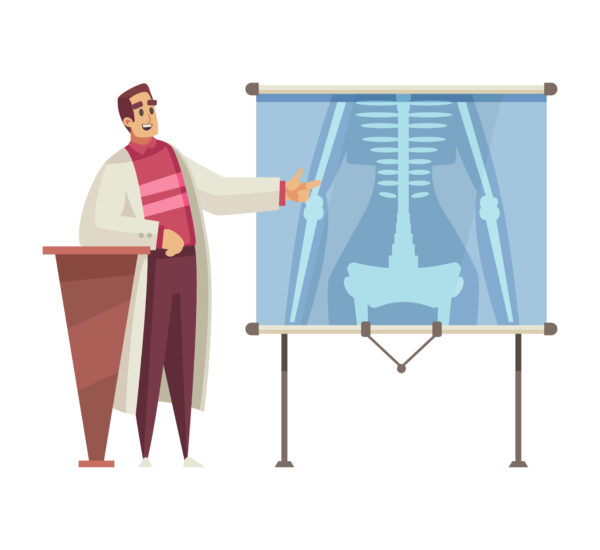During old age, one of the most common illnesses that this age group experience is osteoporosis. This type of condition usually involves a strict treatment plan for the proper management of fragile bones. With proper guidance and understanding, patients can successfully manage their condition.
In this article, we aim to provide a comprehensive overview regarding this common bone disease. Whether you are a patient seeking answers about your condition or a family member of the patient looking to expand your understanding, this article will equip you with valuable insights into this common bone disorder. Let’s begin!
What is Osteoporosis?

it is crucial to have a clear understanding of what this condition actually entails. Osteoporosis is characterized by a decrease in bone density, resulting in fragile and brittle bones. This, in turn, increases the risk of fractures or breaks. Although it can affect both men and women, postmenopausal women are particularly susceptible to developing osteoporosis.
Through extensive research and technological advancements, scientists have unraveled many of the mysteries surrounding this condition. We now know that osteoporosis is primarily caused by an imbalance between the processes of bone formation and bone resorption.
Normally, our bones undergo a continuous process of remodeling, where old bone tissue is broken down by specialized cells called osteoclasts, and new bone tissue is formed by cells called osteoblasts. This delicate balance ensures that our bones remain strong and healthy. However, in individuals with osteoporosis, this balance is disrupted, leading to a net loss of bone mass over time.
Unraveling the Causes of Osteoporosis

The development of osteoporosis can be attributed to various factors, including age, gender, and genetics. Let’s unravel the causes and delve deeper into each of these aspects.
Age
Aging is a significant risk factor for the development of osteoporosis. As we age, the process of bone remodeling becomes less efficient, resulting in a gradual loss of bone mass. This age-related bone loss typically begins in our 30s and accelerates after menopause in women.
Gender
While men can also develop osteoporosis, women are at a higher risk, especially postmenopausal women. This is primarily due to the hormonal changes that occur during menopause, leading to a rapid decline in estrogen levels. Estrogen plays a crucial role in maintaining bone density, and a decrease in its production significantly contributes to the development of osteoporosis.
Genetic
Genetic factors can also influence an individual’s susceptibility to osteoporosis. Certain genes involved in bone metabolism and the regulation of calcium and vitamin D levels may contribute to the development of this condition. Understanding the genetic predisposition can help individuals take proactive measures to prevent or manage osteoporosis.
Identifying Risk Factors

In addition to age, gender, and genetics, several other risk factors can influence the development of osteoporosis. By identifying and understanding these factors, individuals can take steps to mitigate their risk and manage the condition effectively.
Lifestyle Choices
Lifestyle choices, such as smoking, excessive alcohol consumption, and sedentary behavior, can significantly impact bone health and increase the risk of osteoporosis. Smoking, in particular, can interfere with bone remodeling and reduce bone density. Similarly, excessive alcohol consumption can impair the body’s ability to absorb calcium, leading to weakened bones. Engaging in regular physical activity, on the other hand, can help strengthen bones and reduce the risk of osteoporosis.
Dietary Influence
A well-balanced diet plays a crucial role in maintaining optimal bone health. Adequate calcium intake is essential for bone density, while vitamin D assists in the absorption of calcium. Deficiencies in either of these nutrients can increase the risk of osteoporosis. Additionally, consuming excessive amounts of caffeine or sodium and having a diet low in fruits and vegetables can also contribute to bone loss.
Physical Activity
Regular physical activity is a key component in preventing osteoporosis. Engaging in weight-bearing exercises, such as walking, jogging, or weightlifting, helps stimulate bone growth and increases bone density. Balance and flexibility exercises, such as yoga or tai chi, can also improve muscle strength and reduce the risk of falls, which can lead to fractures in individuals with osteoporosis.
Understanding the Symptoms and Diagnosis
While osteoporosis itself may not present obvious symptoms in its early stages, certain signs can indicate its presence. Understanding these symptoms and undergoing appropriate diagnostic tests can aid in early detection and prompt management.
Common Symptoms
Frequently, individuals with osteoporosis do not experience any symptoms until a fracture occurs. However, some common signs include back pain, loss of height over time, and a stooped or hunched posture. It is important not to dismiss these symptoms as a normal part of aging but rather consider them as potential indicators of osteoporosis.
Diagnostic Tests
Several diagnostic tests can help identify osteoporosis and assess an individual’s bone density. Dual-energy X-ray absorptiometry (DXA) is the most commonly used method, providing a precise measurement of bone mineral density. Other imaging techniques, such as quantitative ultrasound or CT scans, may also be utilized depending on individual circumstances. Consulting with a healthcare professional can determine the most appropriate diagnostic test for accurate diagnosis.
Exploring Management and Treatment
Managing and treating osteoporosis involves a holistic approach aimed at preventing further bone loss, reducing fracture risk, and promoting overall bone health. This typically includes a combination of pharmacological interventions and non-pharmacological approaches.
Medications Used in Osteoporosis Treatment
A variety of medications are available for the treatment of osteoporosis. These include bisphosphonates, which help slow down bone loss and reduce fracture risk, and hormone replacement therapy (HRT), which can help replenish estrogen levels in postmenopausal women. Other medications, such as selective estrogen receptor modulators (SERMs) and calcitonin, may also be prescribed based on individual needs and circumstances.
Non-Pharmacological Approaches to Osteoporosis Management
Meanwhile, non-pharmacological approaches play a crucial role in managing osteoporosis and promoting bone health. These include lifestyle modifications, such as quitting smoking, reducing alcohol consumption, and ensuring a well-balanced diet rich in calcium and vitamin D. Regular weight-bearing exercises and strength training can also help strengthen bones and reduce the risk of fractures.
The Importance of Regular Monitoring and Follow-up
Managing osteoporosis requires regular monitoring and follow-up with healthcare professionals. Assessing bone density through periodic DXA scans can help track the effectiveness of treatment and make necessary adjustments if needed. Additionally, healthcare providers can provide guidance on lifestyle modifications, monitor medication efficacy, and address any concerns or questions that may arise.
Conclusion
Understanding osteoporosis as a disease is essential for individuals seeking to maintain optimal bone health. Embark on your journey towards ensuring a strong and healthy skeletal system for years to come. Book an online consultation with a rheumatologist today!



